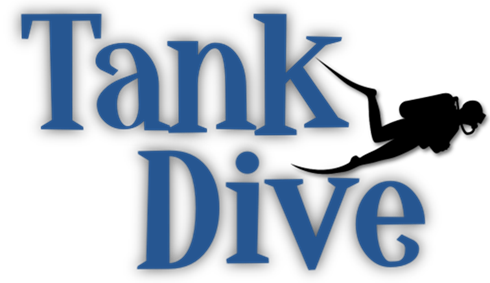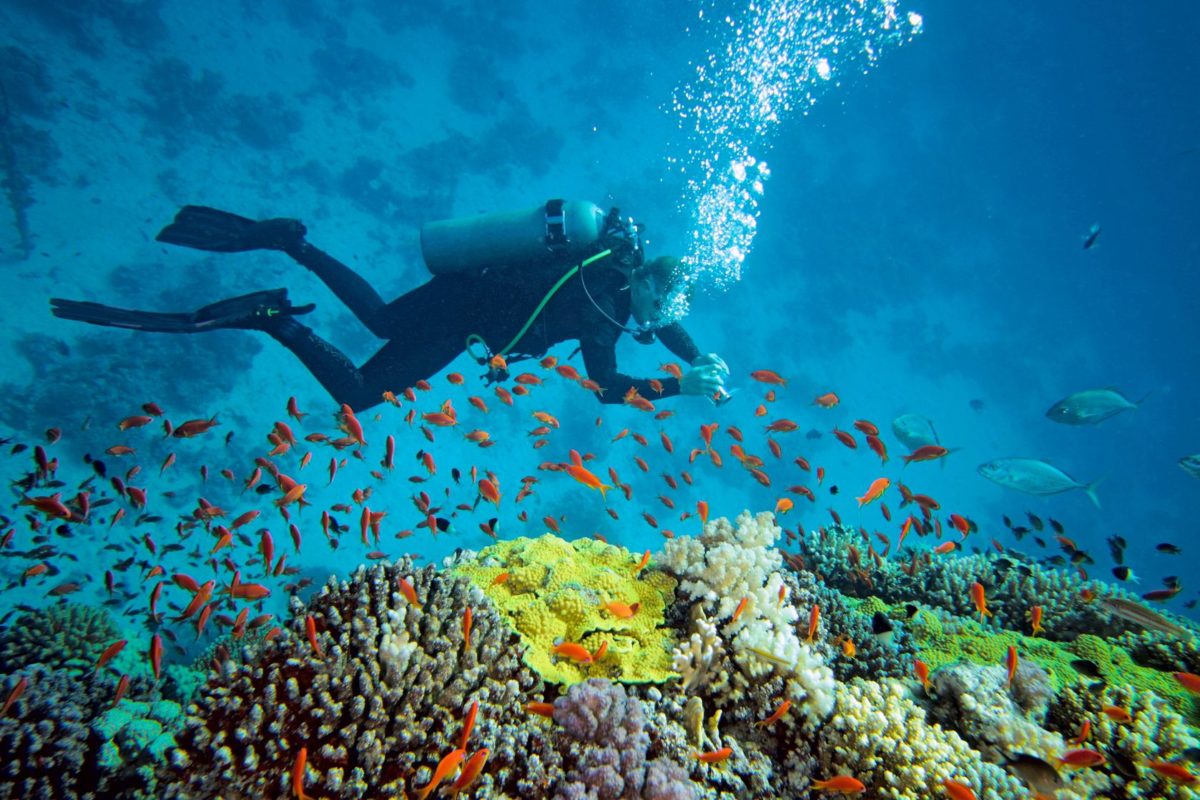Sodwana Bay in Kaw-Zulu Natal offers extensive coral gardens, great shoals of reef fish and caves. There are many dive spots in Sodwana Bay that you need to know about before you visit because some of the reefs could take you weeks to fully explore. The most commonly known is Two Mile, but there are others that you need to look at.
Stringer Dive Spot
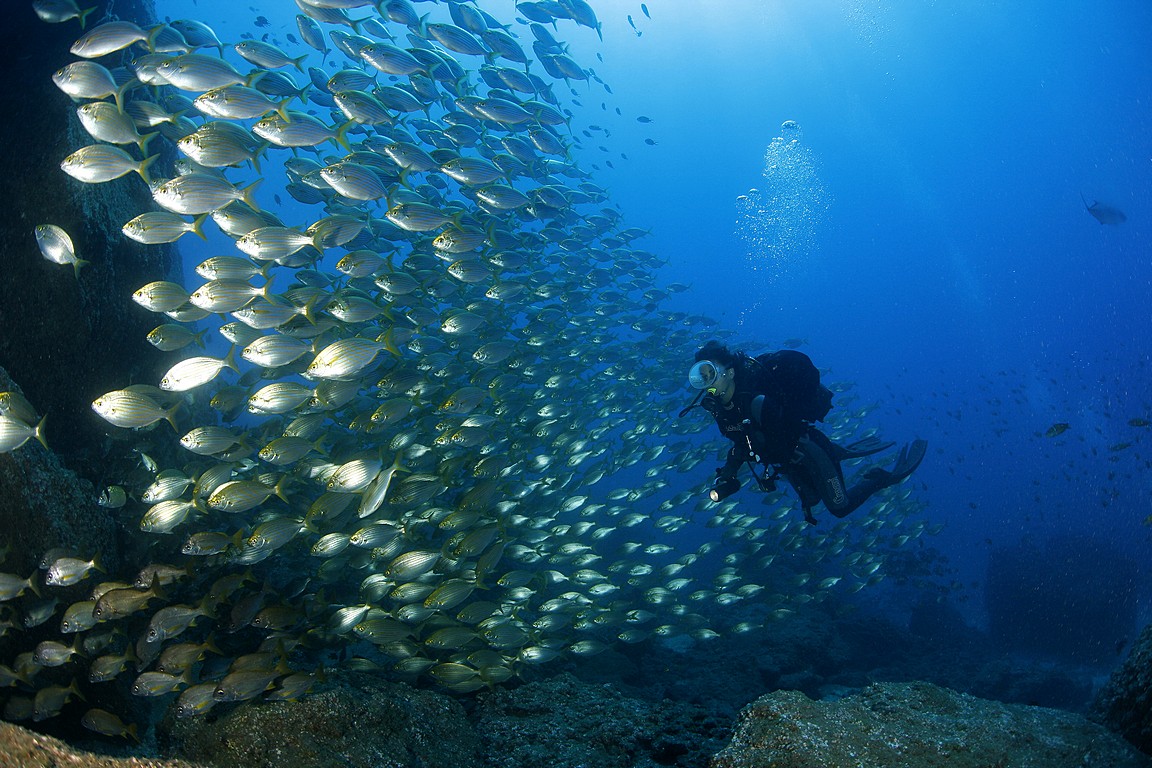
The Stringer dive spot is a small shallow reef with an average depth of 10 meters. Stringer has two rocky outcrops that are alive with frogfish, clownfish, golden bennies and paperfish. This reef is considered a macro-photographers dream as long as the current is not too bad. As the reef is shallow you can enjoy a relaxed and long dive where you could catch a glance of manta rays and turtles.
Roonies Dive Spot
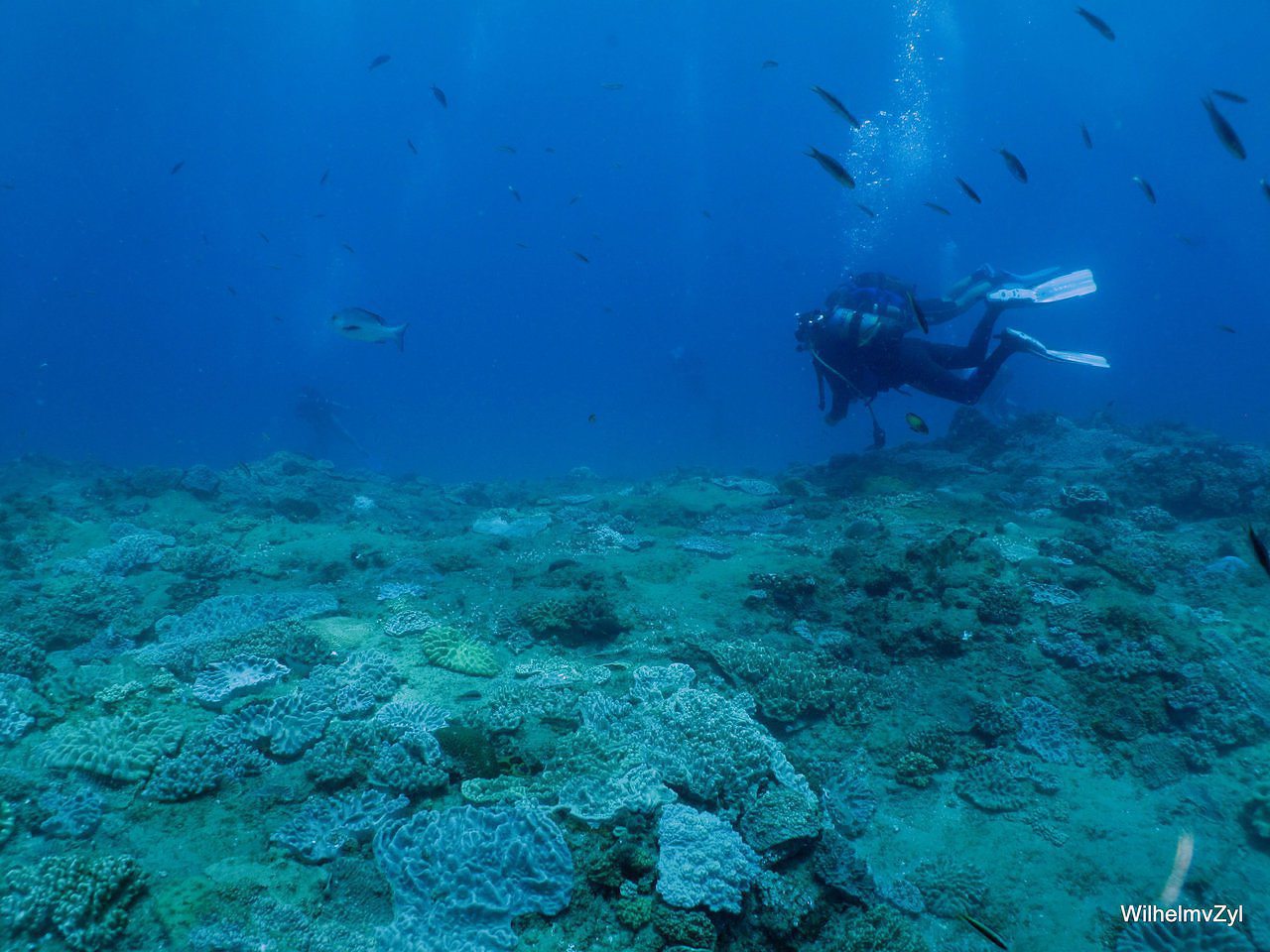
The Roonies dive spot is home to a large black coral tree which is the largest in Sodwana. Of course, the tree is actually yellow so take care to not swim straight past it, but you can easily find it by looking for red hawkfish that shelter there. This is also a small site with an average depth of 28 meters where you could see the schooling cardinals and cleaning stations.
Bikini Or Hopscotch Dive Spot
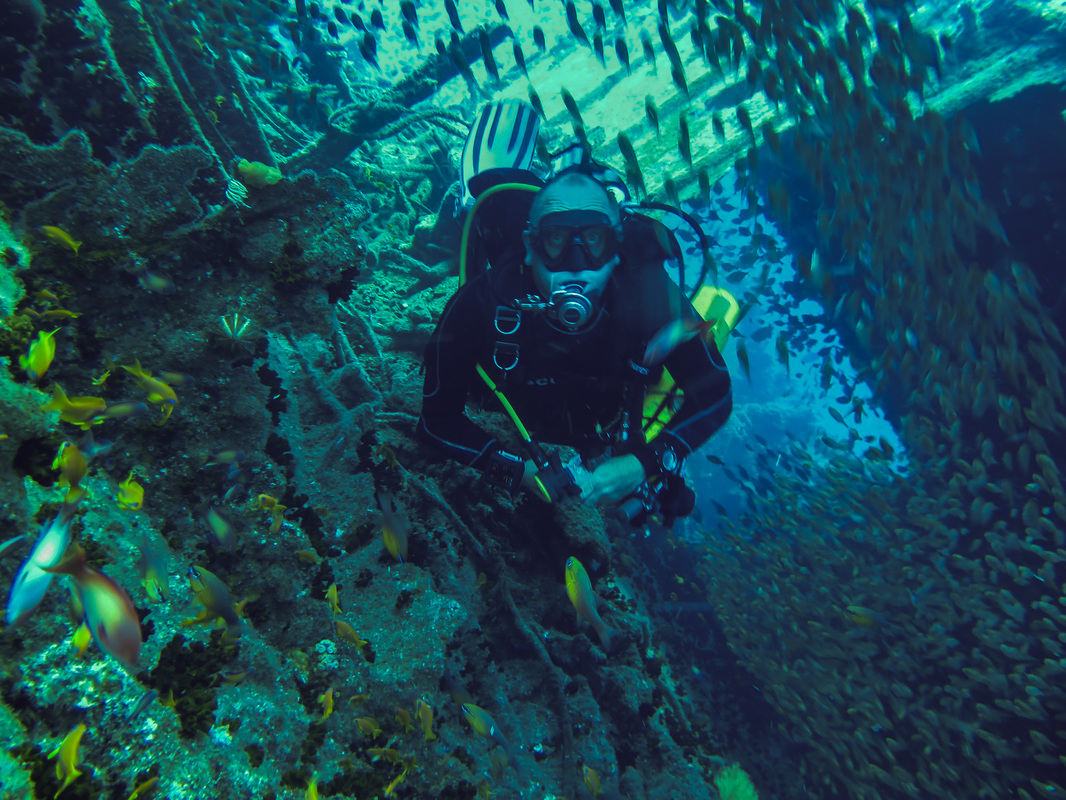
If you visit this dive spot you need to go slow because it is very fragile. By going slowly you can better appreciate the tiny shrimp at the cleaning stations and the thousands of goldies. On the Western edge of the reef, you will find a cave that you can explore. The reef offers an average depth of 16 meters and has plate coral and a large school of schooling coachmen.
Anton’s Dive Spot
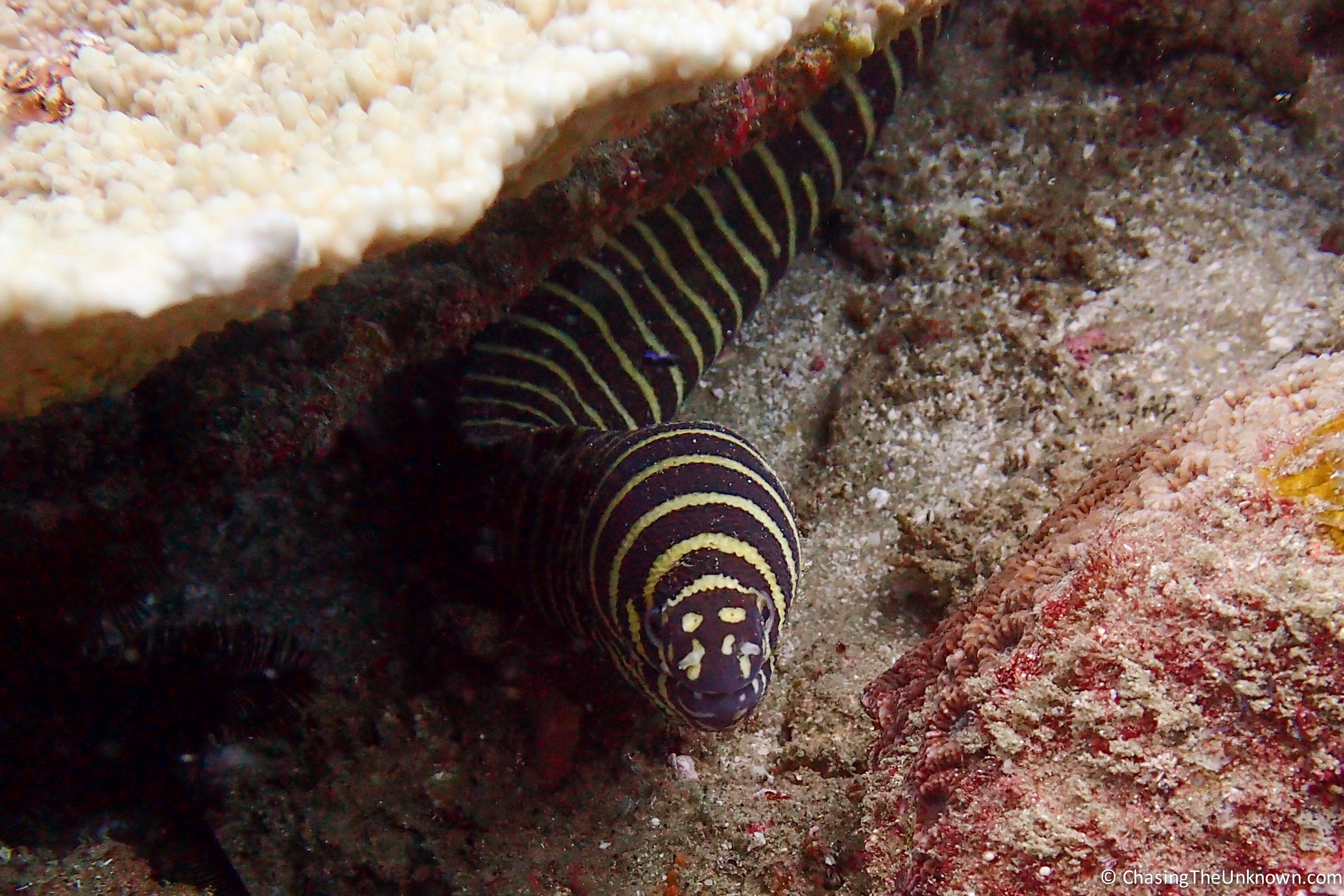
Anton‘s is considered one of the most spectacular sites of the reef with diverse marine life and rocky pinnacles. The corals are wonderful which is surprising considering the large number of divers visiting this reef and the fish life is plentiful so you do not have to worry about not seeing any marine life. You can take some amazing photographs with honeycomb moray eels and large shoals of snapper around the reef.
Five Mile Reef Dive Spot
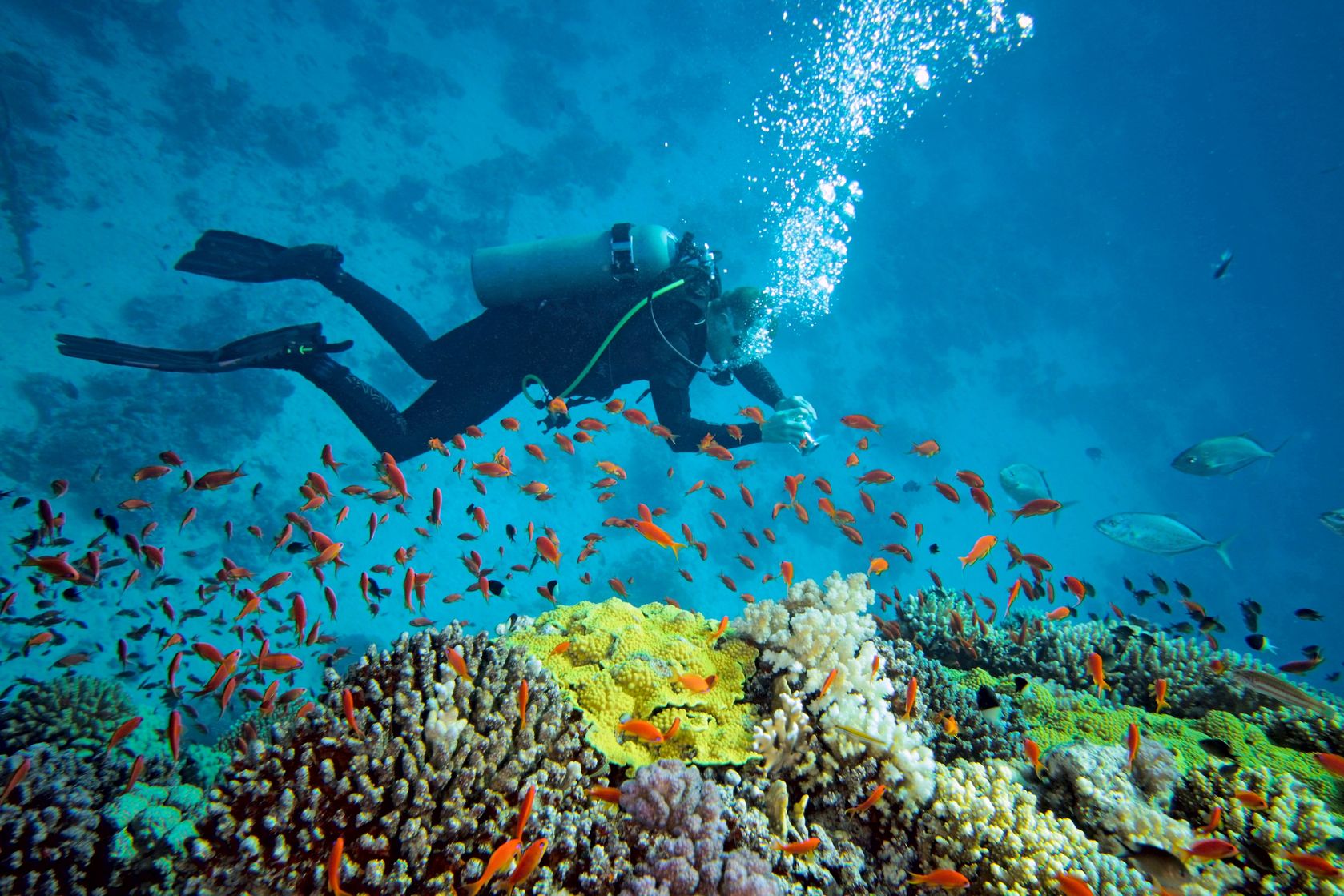
If you are passionate about coral then you need to head to Five Mile which offers the greatest diversity of all the Sodwana reefs. You will be able to see staghorn coral as well as mushroom coral sheltering large numbers of fish. The average depth of this reef is 21 meters and it is only offered to advanced divers which is one of the reasons why the coral is in such good condition. Many divers have stated that diving Five Mile is like diving into an aquarium because of the large amount of marine life.
Seven Mile Reef Dive Spot
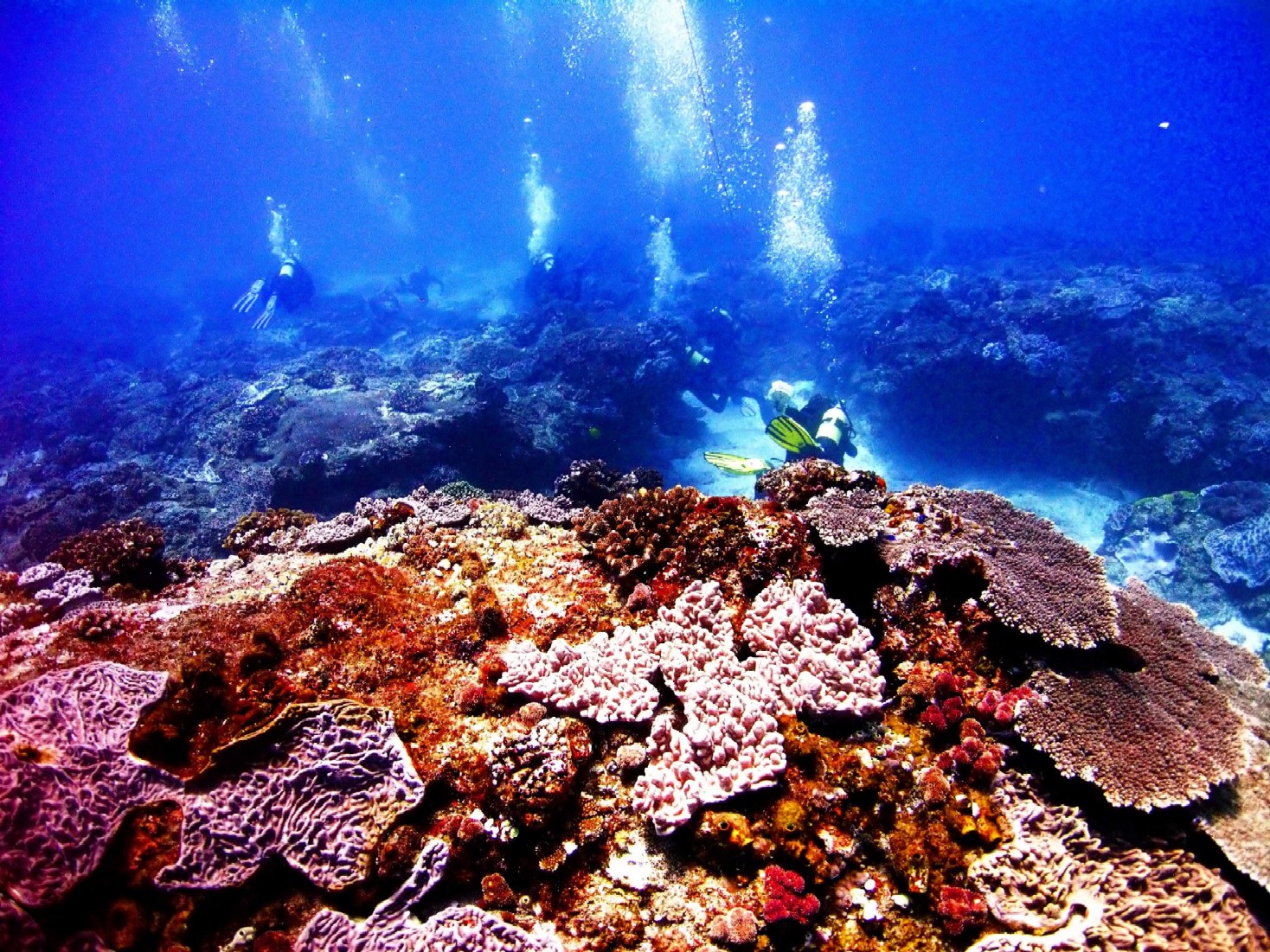
Depending on the way the current is running you have a number of options when it comes to Seven Mile. If the current is running north to south then you should hit the Northern Wall where there is a drop off from 15 to 24 meters and the Amphitheater which is a sunken depression in the reef which is 3 to 6 meters lower than the rest of the reef. There is diverse coral life on the reef sheltering large numbers of goldies. You will also be able to see stingrays at the base of the wall.
If the current is running in the opposite direction then you should start with Mushroom Rocks on the south. This is a huge mushroom-shaped bommies covered with coral and juvenile batfish. While there you should keep a look out for porcelain crabs and whip coral gobies. You can then move onto Castle Rock which is a large pinnacle where you could occasionally spot a gray reef shark.
Nine Mile Reef Dive Spot

As the name suggests Nine Mile Reef is a very long reef so you will not be able to explore it all in one dive. There are actually 4 sites that make up the reef which you might be able to combine if the current is running correctly. The distance of the launch site means that you will only be able to dive the site when the seas are flat and you generally have to pay a premium to dive this far out.
